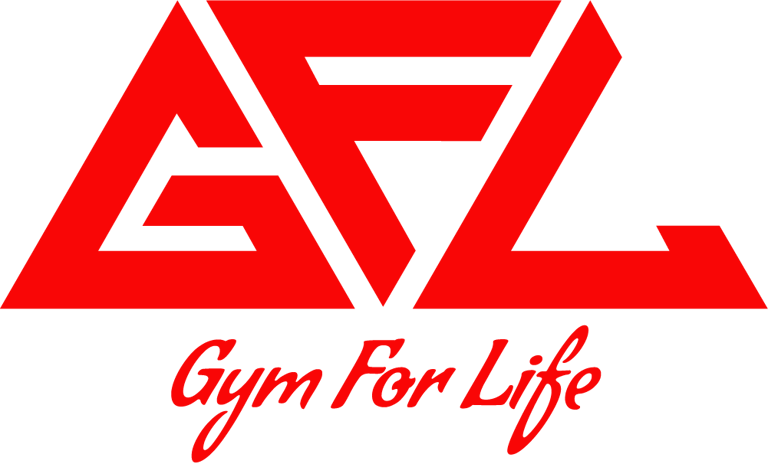the best resource to reach your fitness goals - join our community
Top Calf Exercises
Standing Calf Raises
Seated Calf Raises
Donkey Calf Raises
Building strong, defined calves requires targeted exercises and consistent training. Many fitness enthusiasts overlook this muscle group, but well-developed calves enhance overall leg aesthetics and contribute to better athletic performance in running, jumping, and various sports.
The most effective calf exercises include standing calf raises, seated calf raises, jump rope, and calf presses on the leg press machine, with optimal results typically coming from 3-4 sets of 12-15 repetitions performed 2-3 times weekly. For proper form, movements should be executed through a full range of motion with controlled tempos, focusing on the squeeze at the top of each repetition.
Training calves effectively often requires variety in foot positioning to target different parts of the muscle group. Incorporating both high-repetition and heavy-load training sessions can break through plateaus that many experience with this stubborn muscle group.
Adjusting Load for Growth
Progressive overload is essential for calf development. Increase weight by 5-10% when you can complete all prescribed repetitions with proper form for two consecutive workouts.
Calves respond well to varied resistance patterns. Consider implementing these techniques:
Drop sets: Perform a set to failure, reduce weight by 20-30%, and continue until failure again
Pulse reps: Add small, partial movements at the top of each repetition
Tempo training: Slow down the eccentric (lowering) phase to 3-4 seconds
Time under tension matters significantly for calf growth. Aim for 40-70 seconds of tension per set by controlling movement speed.
Avoid momentum and bouncing during exercises as this reduces muscle activation and increases injury risk.
Utilizing Variation in Workouts
Calf muscles adapt quickly to consistent stimulus, necessitating regular exercise variation to maintain progress.
Rotation schedule for effective variation:
Week Primary Focus Secondary Focus Intensity Technique
1 Volume (15-20 reps) Standing raises Tempo training
2 Strength (8-12 reps) Seated raises Partial reps
3 Endurance (20-30 reps) Donkey raises Drop sets
4 Explosive (8-10 reps) Jump variations Rest-pause
WeekPrimary FocusSecondary FocusIntensity Technique1Volume (15-20 reps)Standing raisesTempo training2Strength (8-12 reps)Seated raisesPartial reps3Endurance (20-30 reps)Donkey raisesDrop sets4Explosive (8-10 reps)Jump variationsRest-pause
Incorporate different surfaces to challenge stability. Performing calf raises on unstable surfaces like BOSU balls or balance boards engages more stabilizer muscles and creates new growth stimulus.
Change elevation ranges. Sometimes work in partial ranges (top half or bottom half only), sometimes emphasize full range of motion with extended stretches at the bottom position.
Periodically introduce novel exercises like tibialis raises, hill sprints, or ballet-inspired relevés to recruit muscle fibers in different patterns and prevent adaptation.
Standing Calf Raises
Standing calf raises primarily target the gastrocnemius muscle, the larger of the two main calf muscles. This exercise can be performed on a calf raise machine, Smith machine, or simply using a step with dumbbells.
Proper Form:
Stand with the balls of your feet on a raised platform
Place shoulders under the pads (if using a machine) or hold dumbbells at your sides
Keep your knees straight but not locked
Lower your heels as far as possible toward the floor
Push through the balls of your feet to raise your heels as high as possible
Rep tempo guidelines:
Lowering phase: 2-3 seconds
Brief pause at bottom: 1 second
Pressing phase: 1-2 seconds
Brief hold at top: 1 second
Rep ranges:
Sets: 3-4
Repetitions: 12-15
Tempo: 2 seconds up, 1 second hold, 2 seconds down
Rest: 60-90 seconds between sets
The key to effectiveness is full range of motion and controlled movement. Many lifters benefit from performing this exercise twice weekly for optimal development.
Seated Calf Raises
Seated calf raises target the soleus muscle, which lies beneath the gastrocnemius. This muscle is predominantly composed of slow-twitch fibers, making it responsive to higher repetition ranges.
Proper Form:
Sit on the machine with knees bent at 90 degrees
Place the balls of your feet on the platform
Lower the weight by allowing your heels to drop as far as comfortable
Press through the balls of your feet, raising your heels as high as possible
Squeeze at the top for maximum contraction
Rep tempo guidelines:
Lowering phase: 2-3 seconds
Brief pause at bottom: 1 second
Pressing phase: 1-2 seconds
Brief hold at top: 1 second
Rep ranges:
Sets: 3-4
Repetitions: 12-15
Tempo: 2 seconds up, 1 second hold, 2 seconds down
Rest: 60-90 seconds between sets
Including seated calf raises in your routine ensures complete development of the lower leg musculature. The soleus particularly responds well to higher training frequency, making this exercise suitable for 2-3 sessions weekly.
Donkey Calf Raises
Donkey calf raises provide a unique angle of resistance and were popularized by legendary bodybuilders. This exercise places the calves under tension in a position that maximizes the stretch of the gastrocnemius.
Proper Form:
Bend at the waist, keeping your back flat
Place the balls of your feet on a raised platform
Have a training partner sit on your lower back or use a specialized machine
Lower your heels toward the floor
Rise up onto your toes as high as possible
Maintain a controlled tempo throughout
Optimal Training Parameters:
Sets: 2-3
Repetitions: 12-15
Frequency: 1-2 times weekly
Partner weight: Adjusted to allow full range of motion
The unique angle of this exercise produces a powerful stretch and contraction not fully replicated by other movements. Many trainees report exceptional muscle activation with donkey calf raises when performed correctly.


